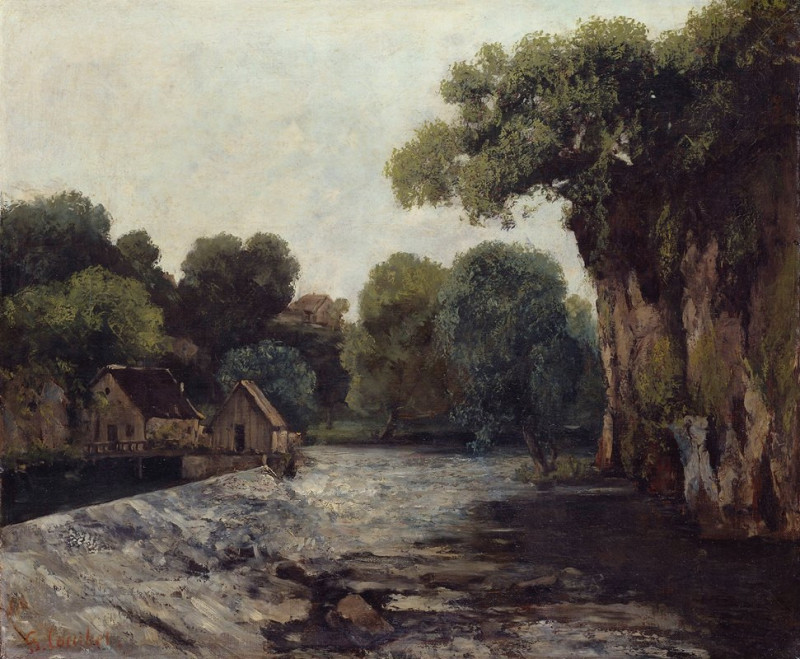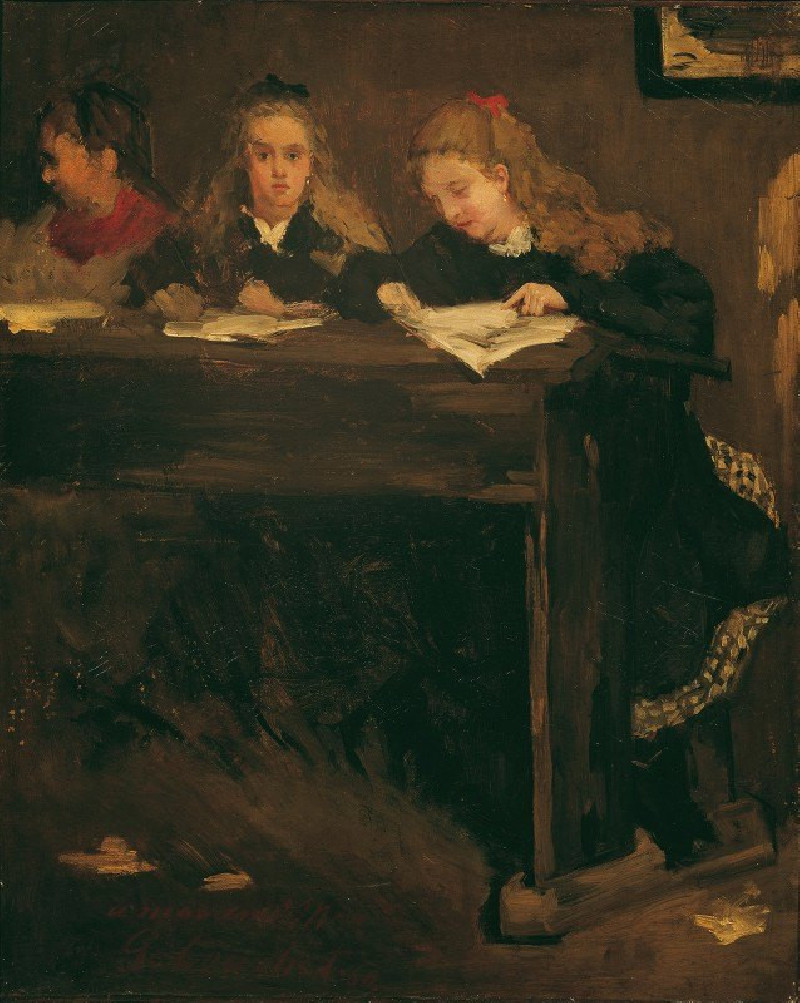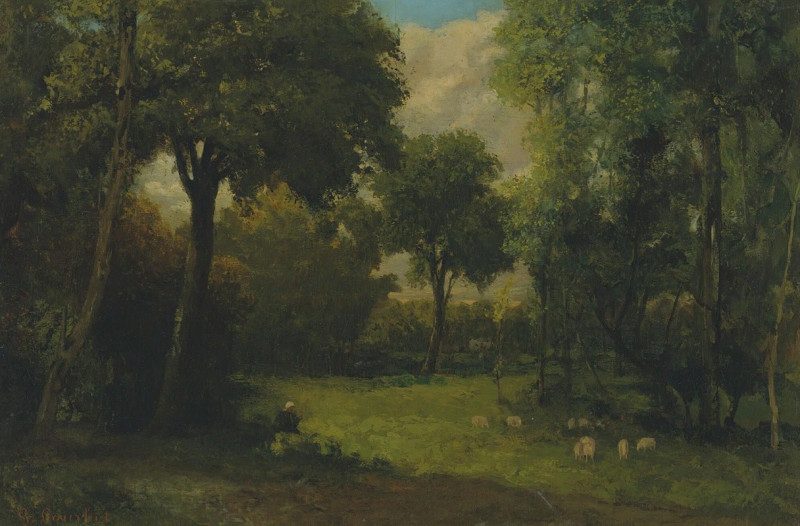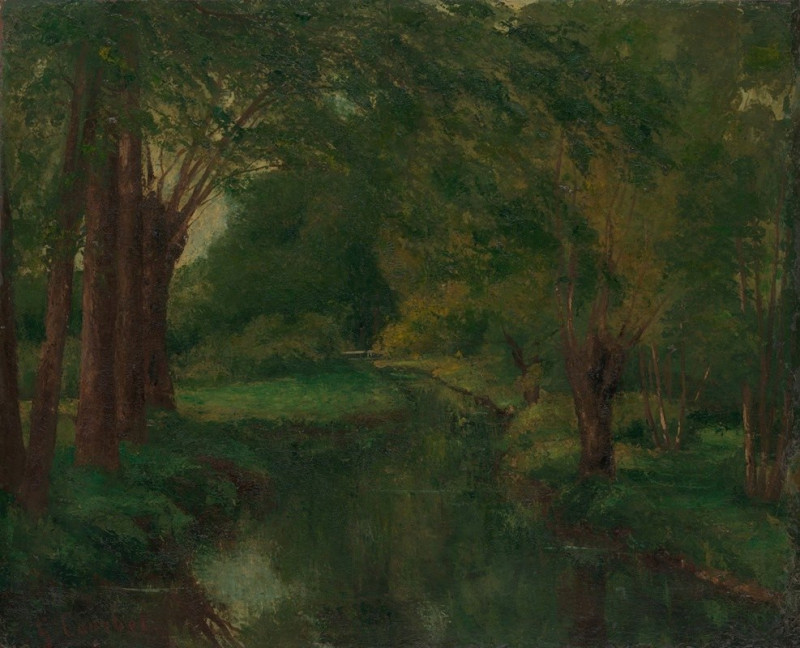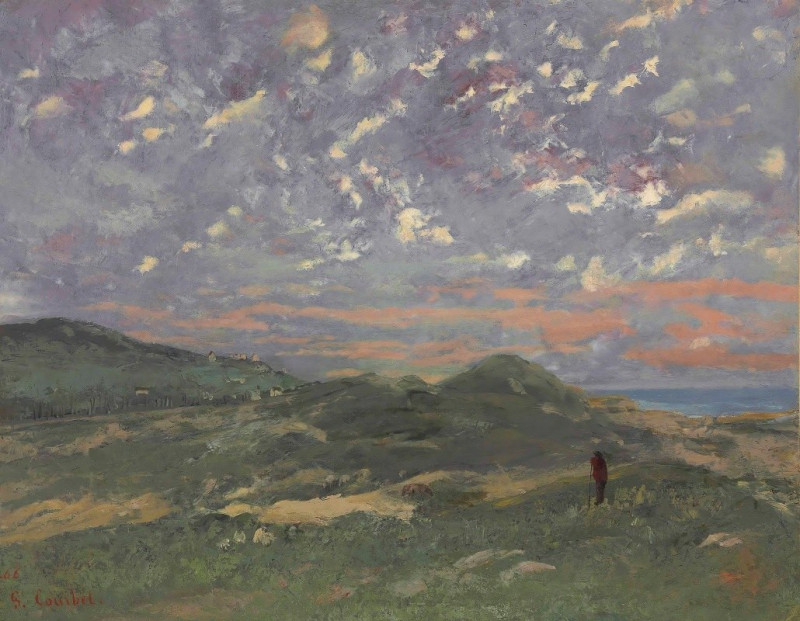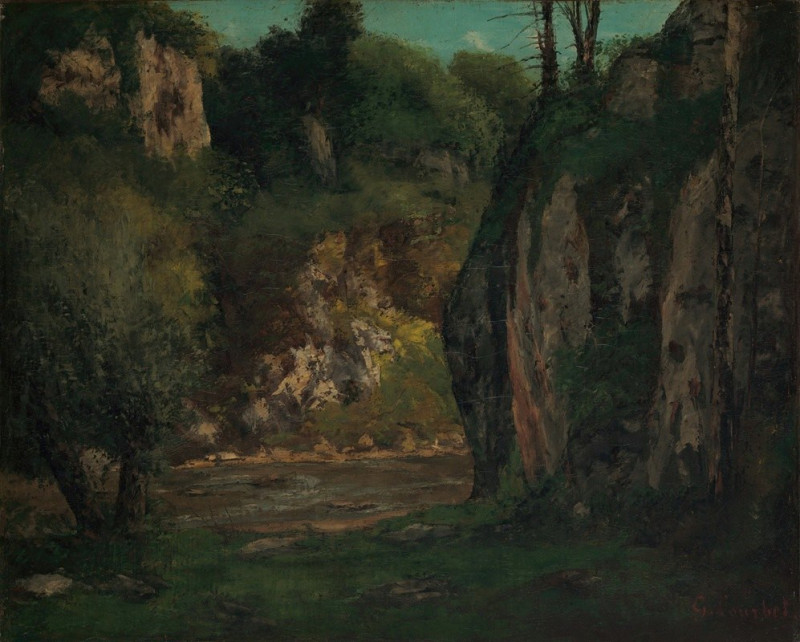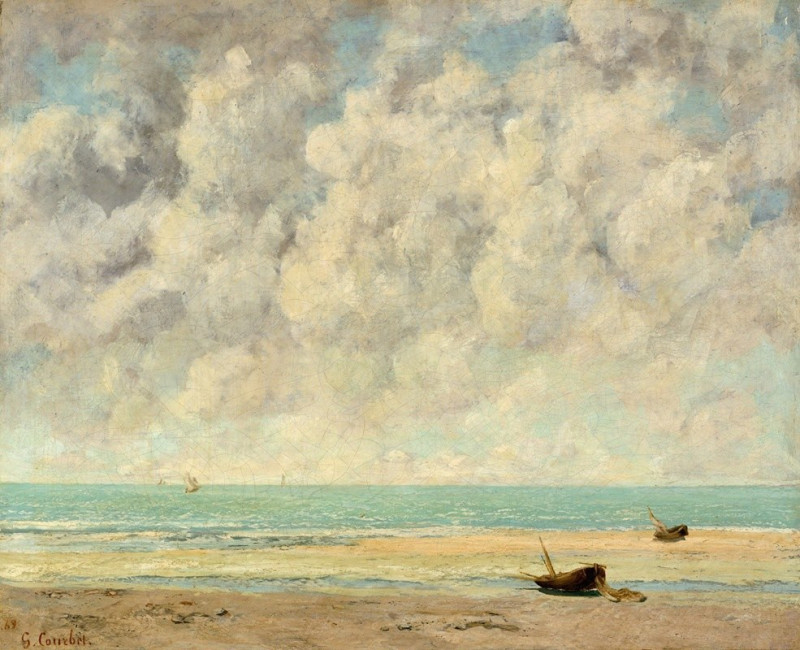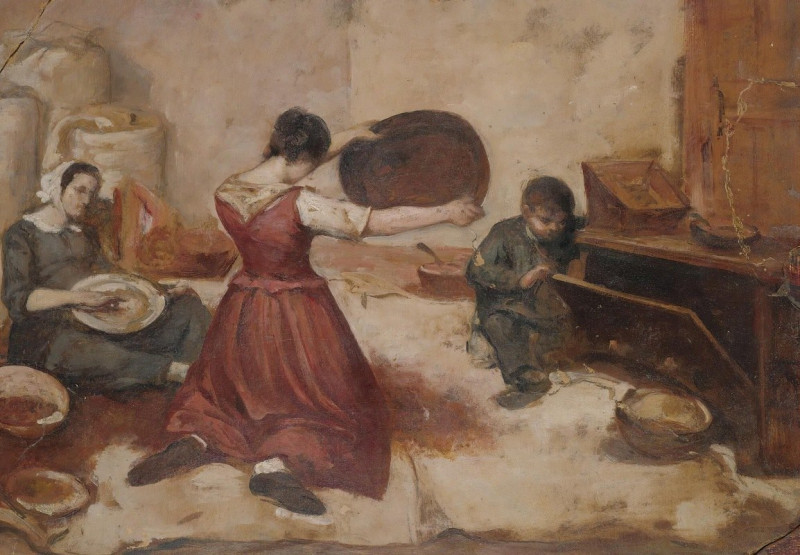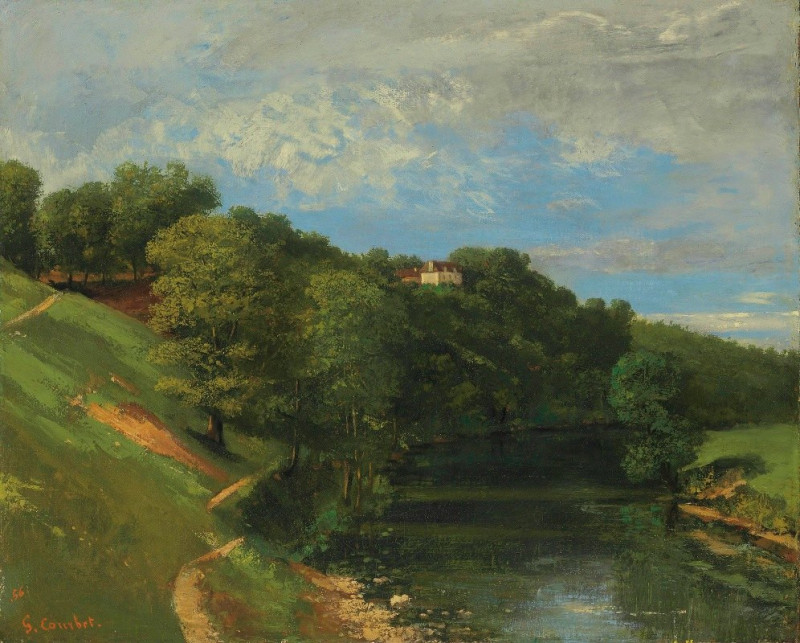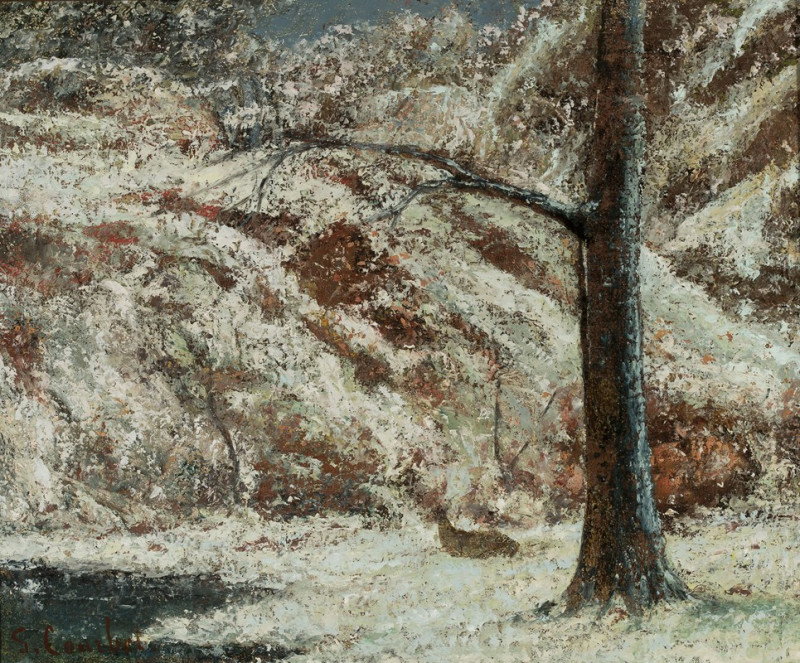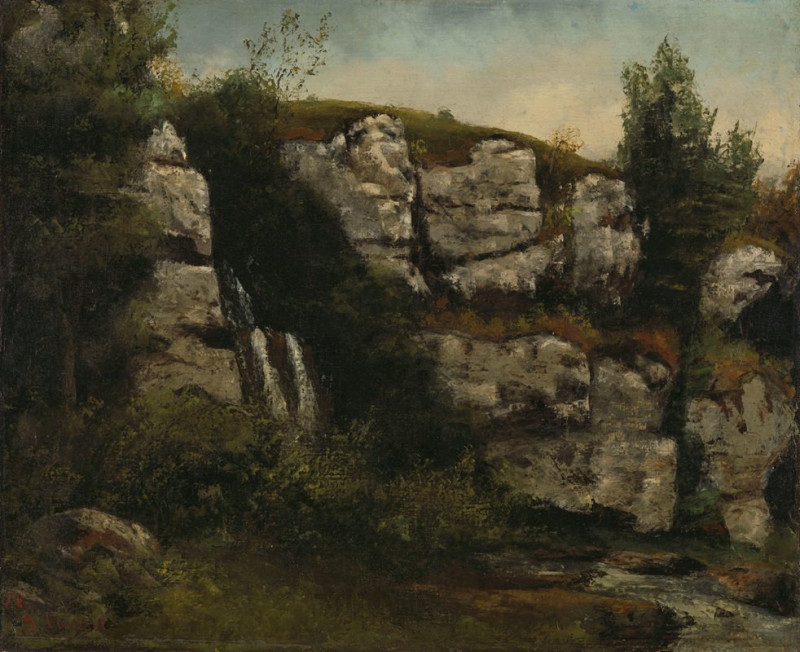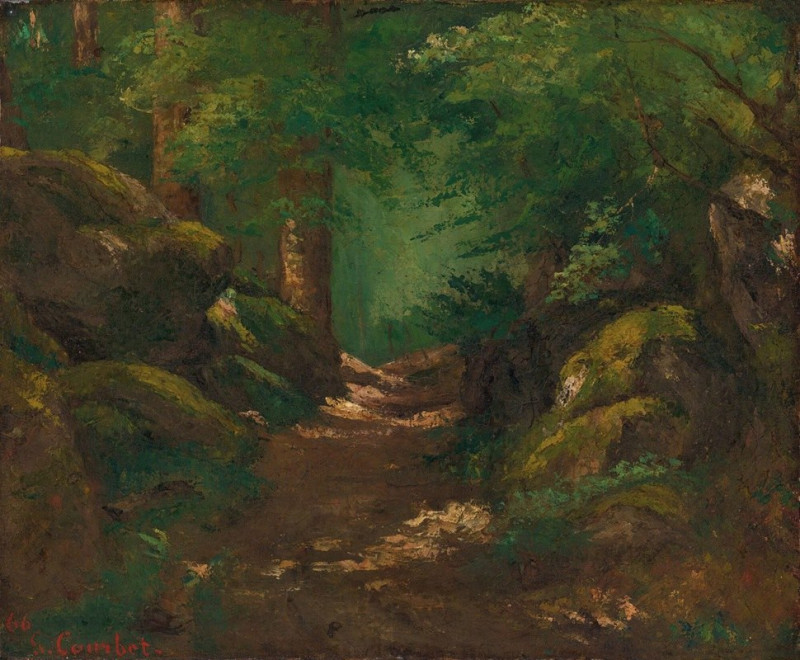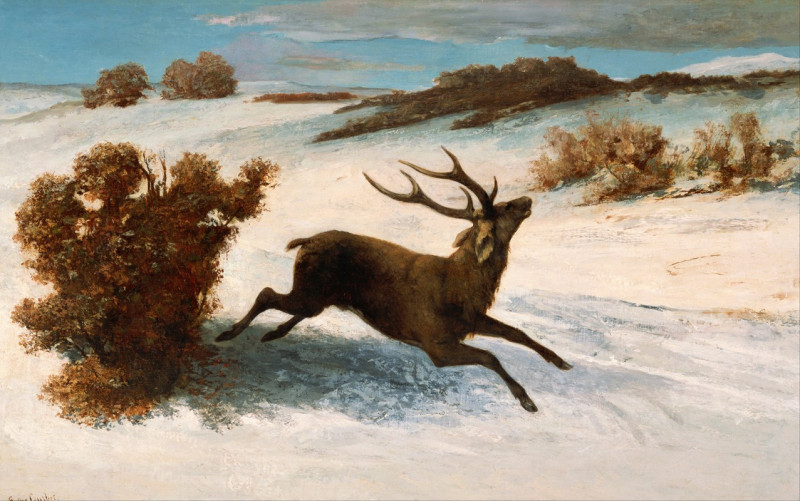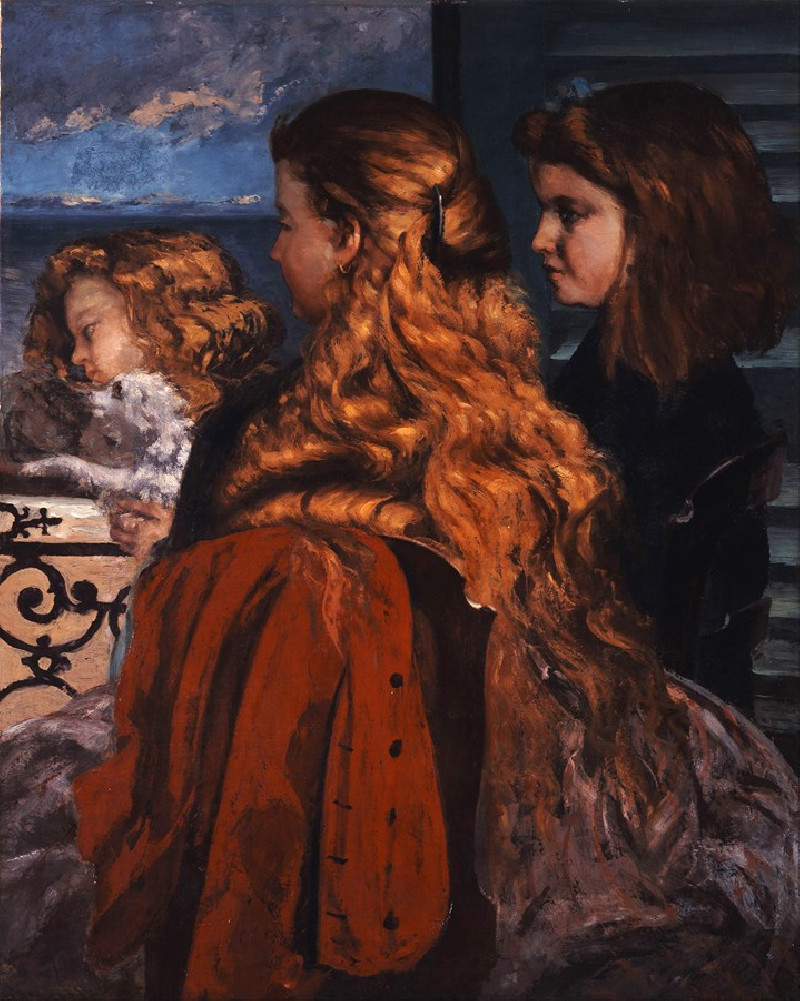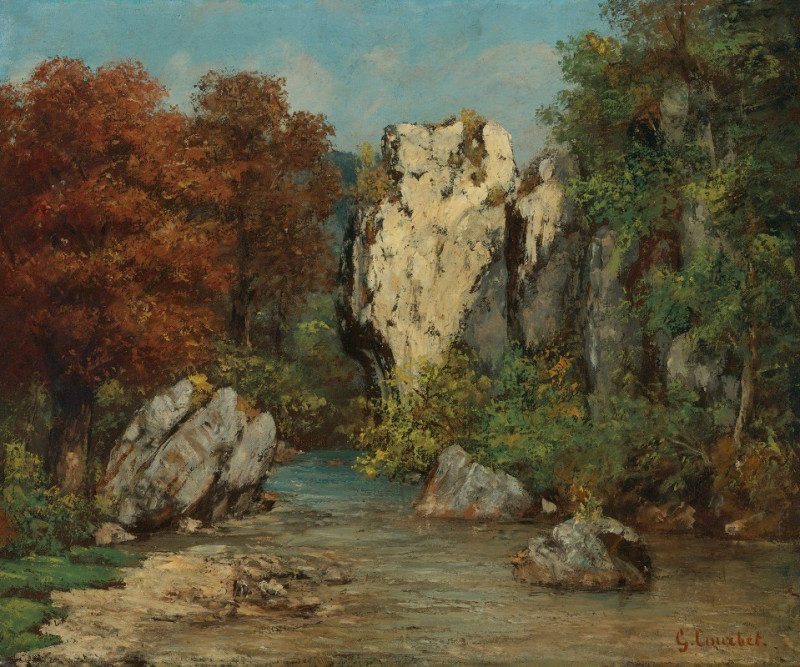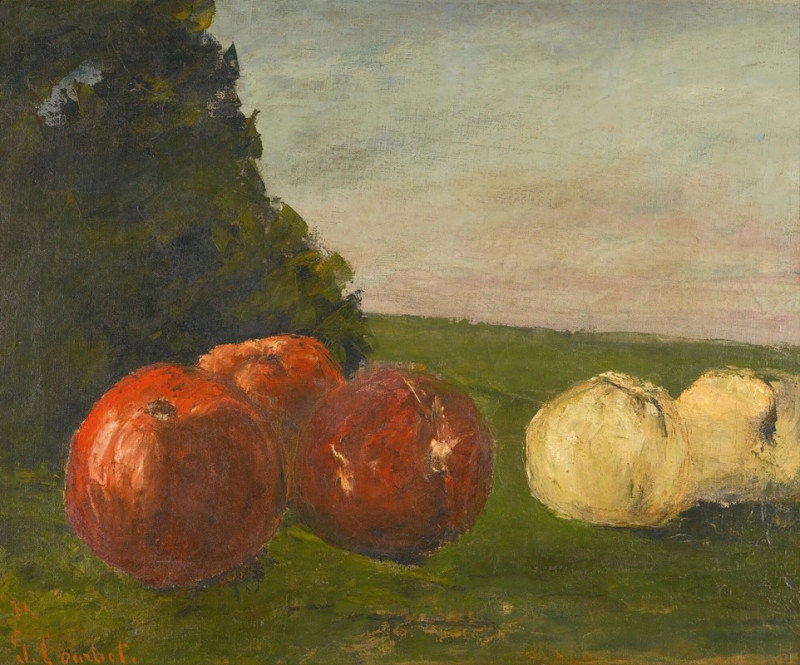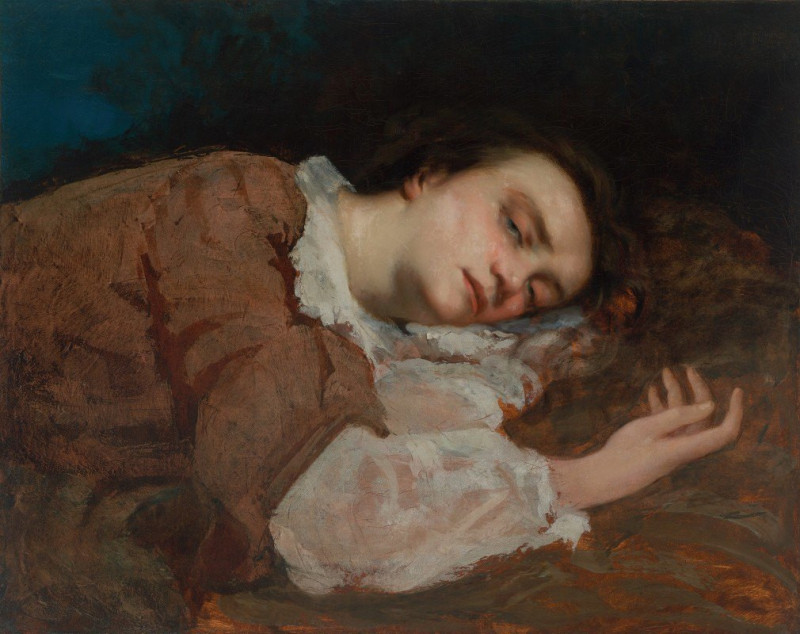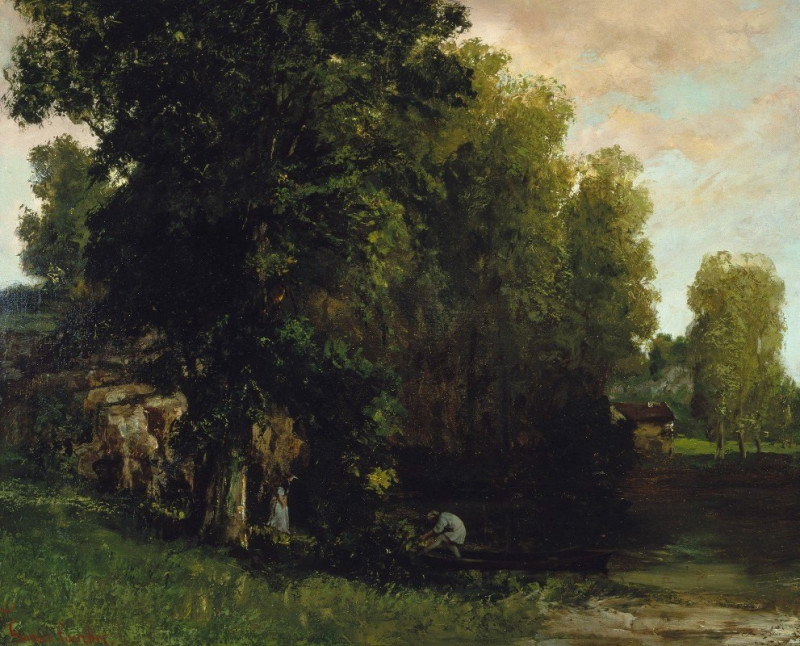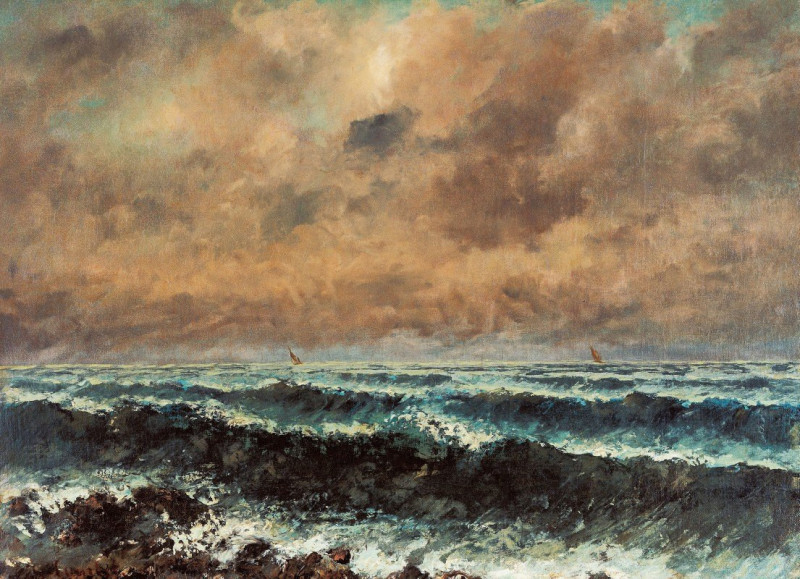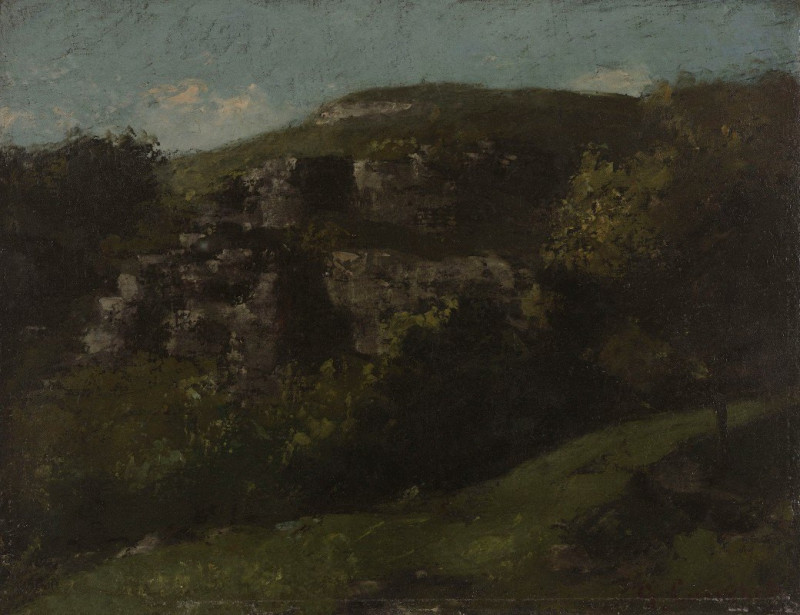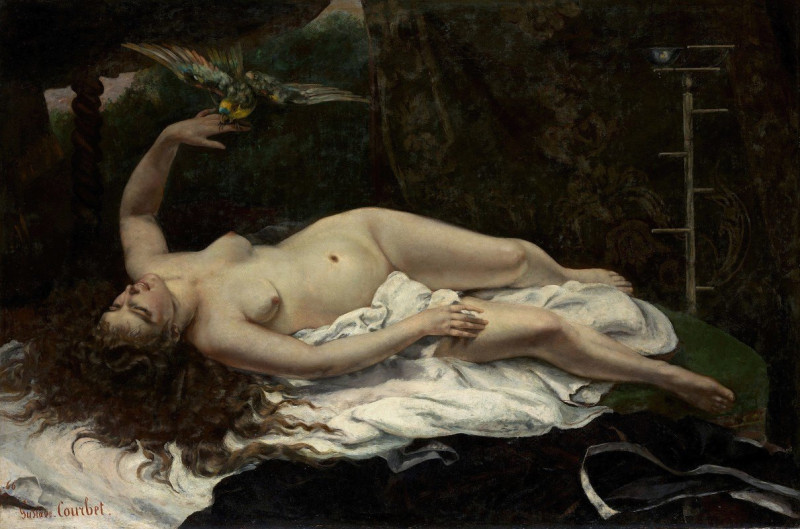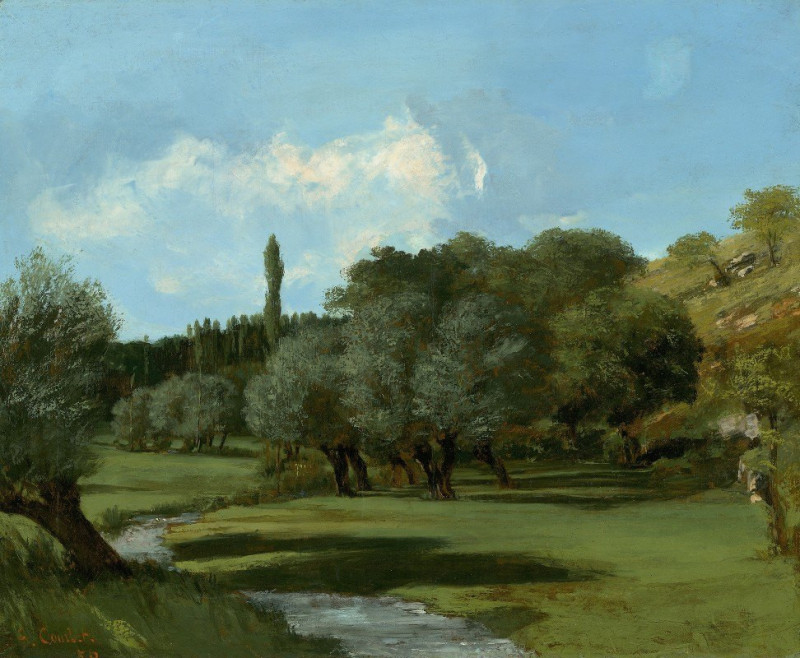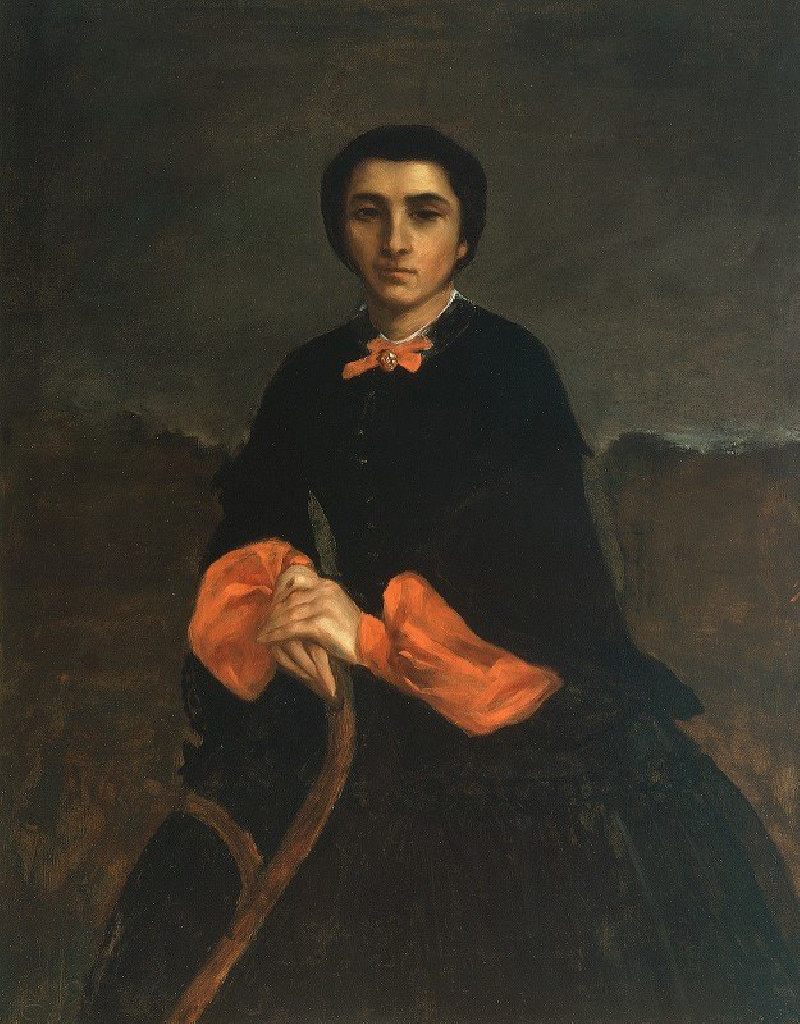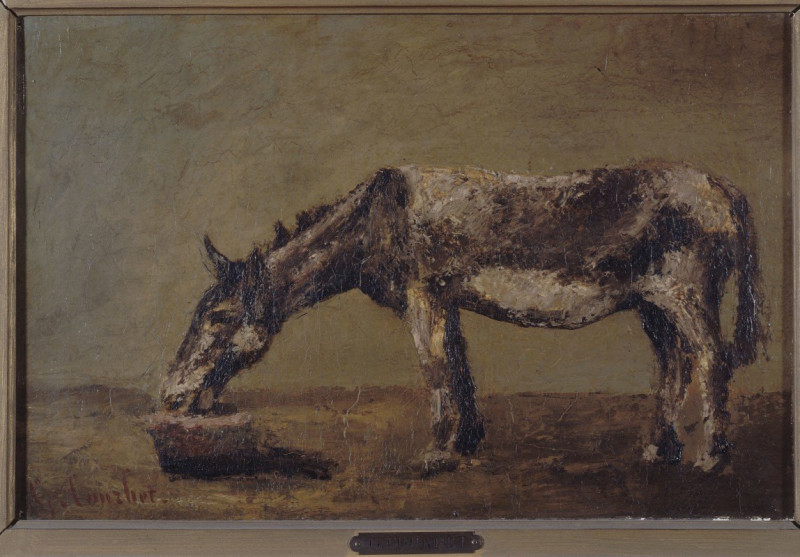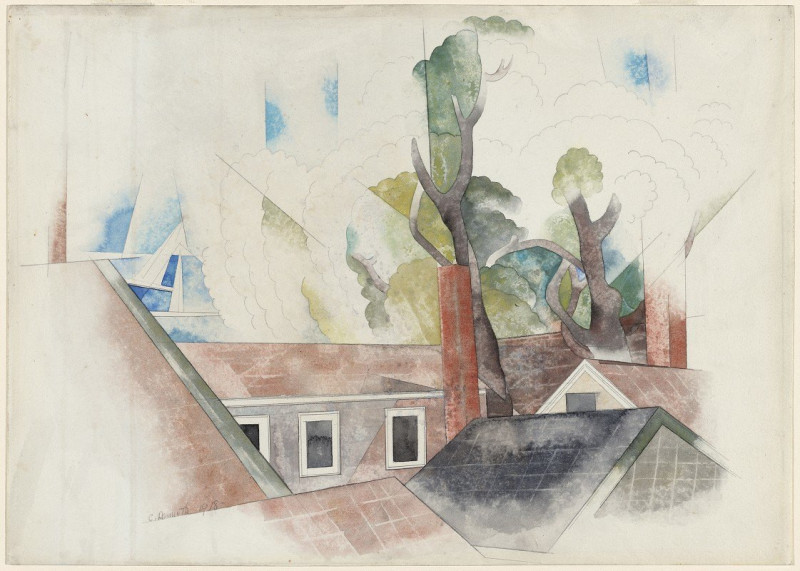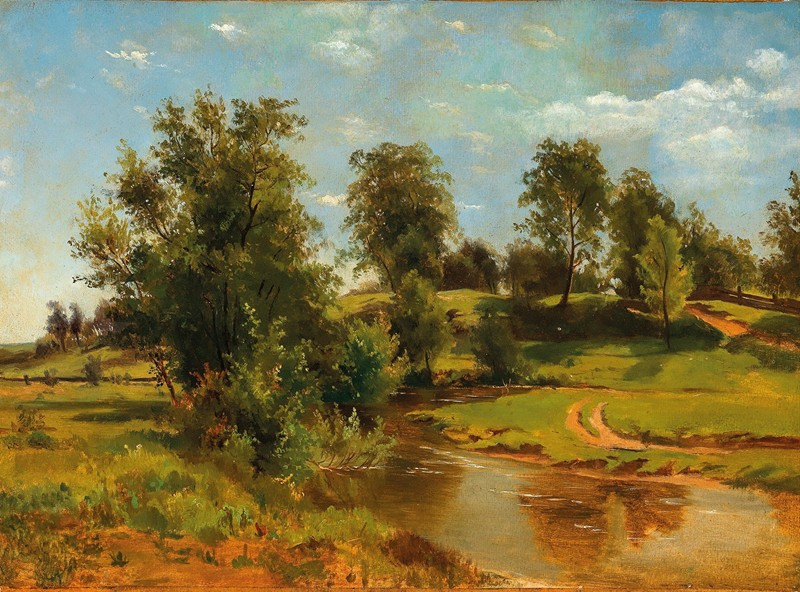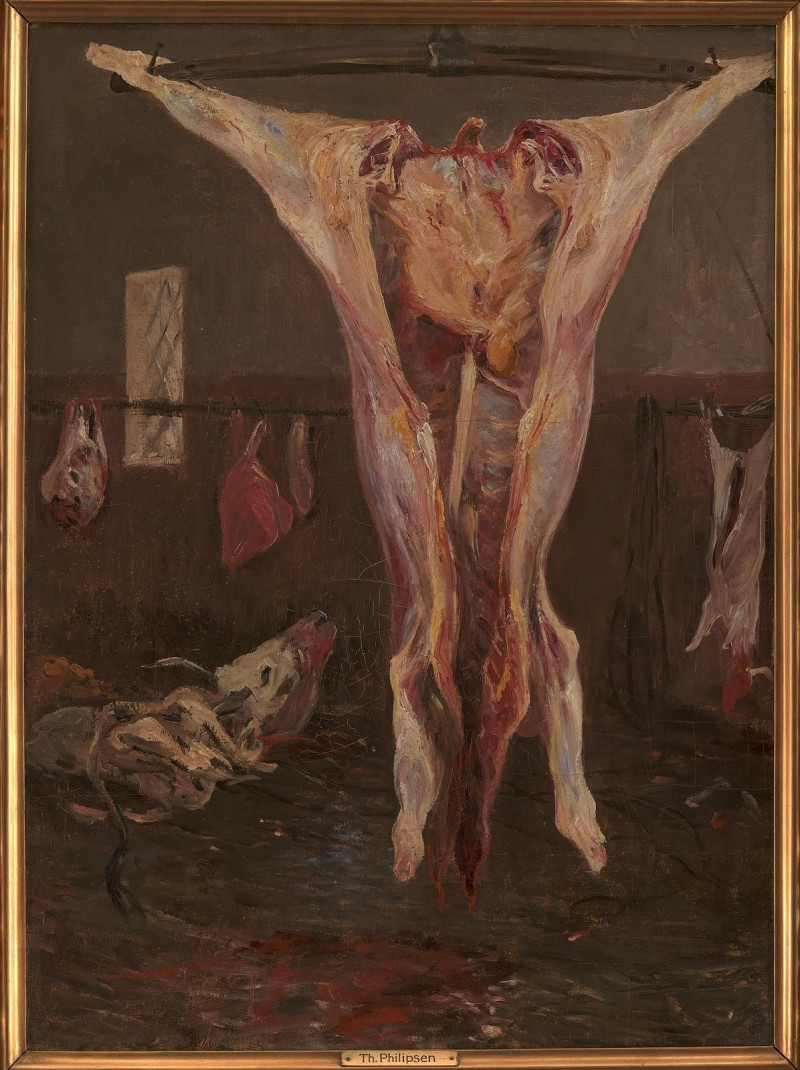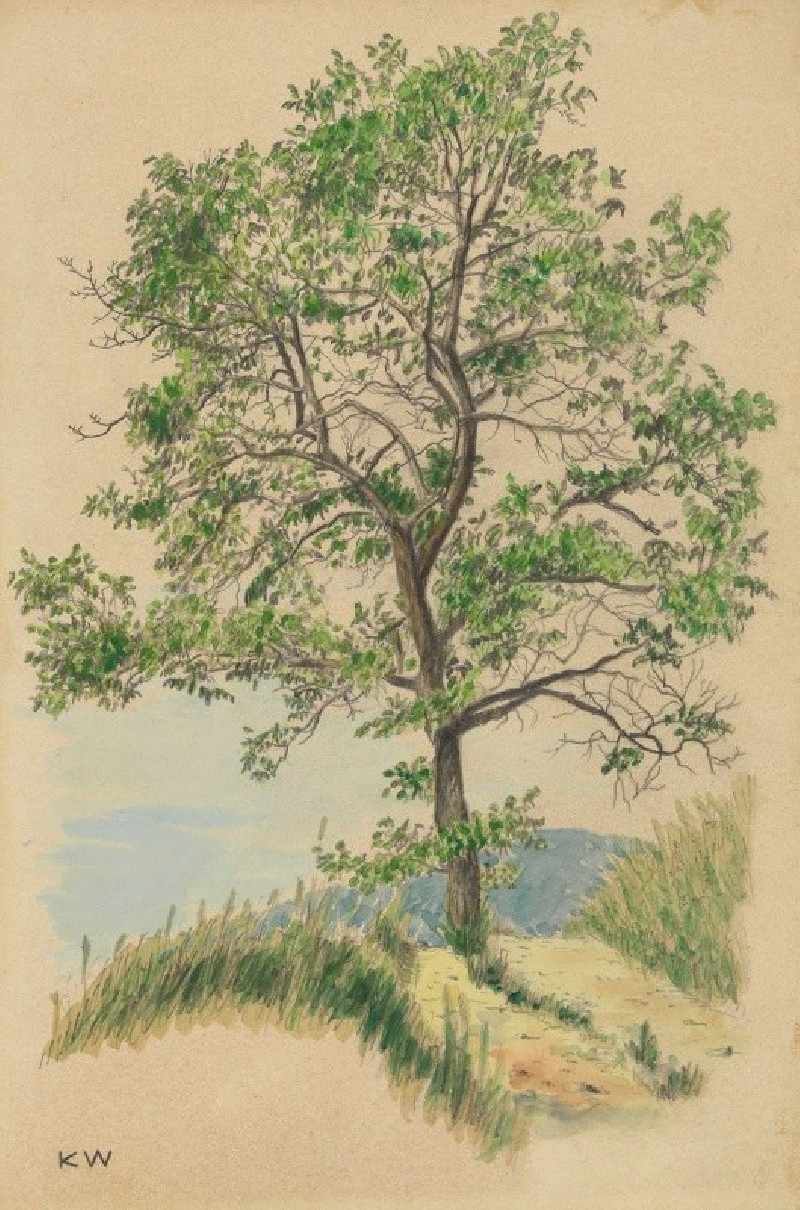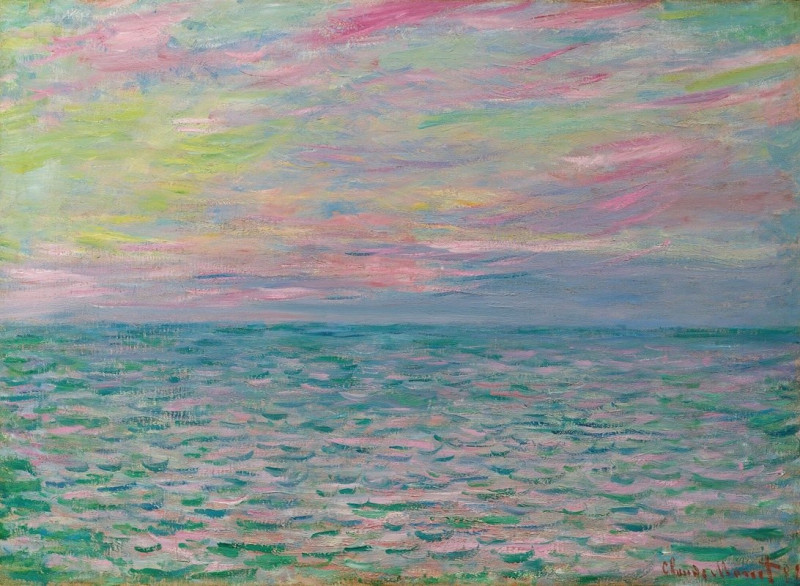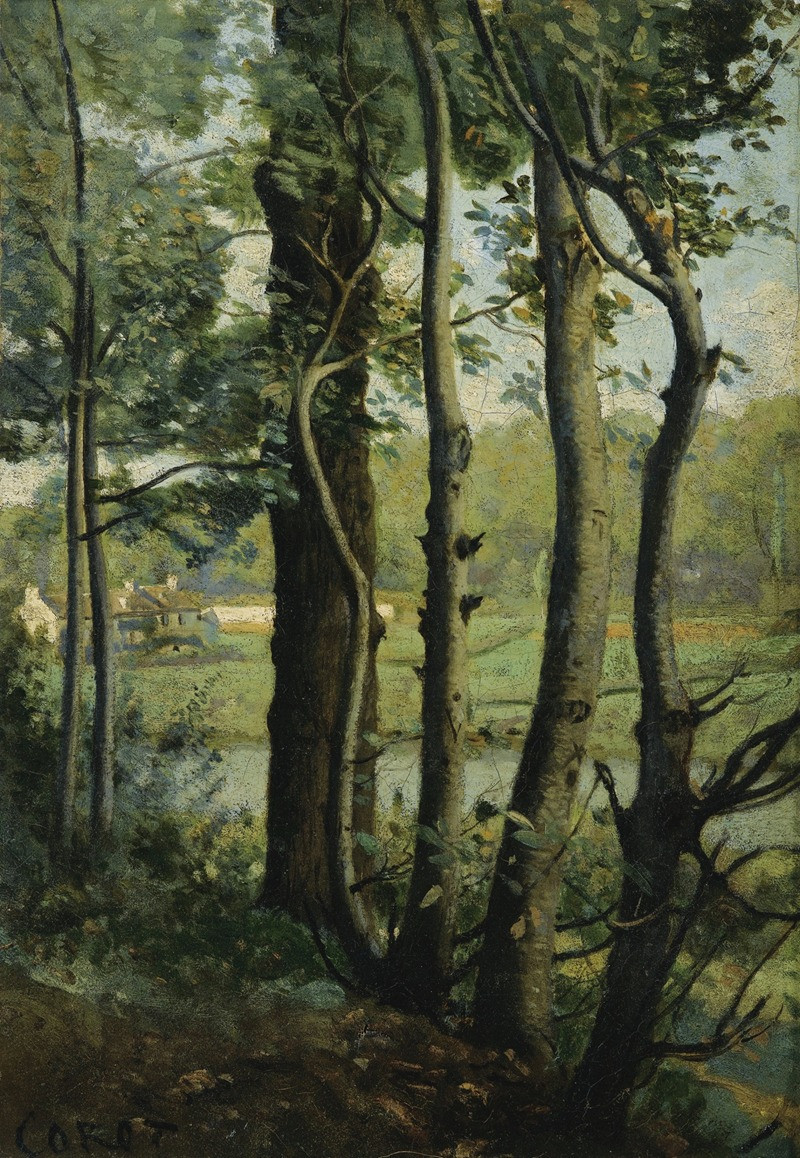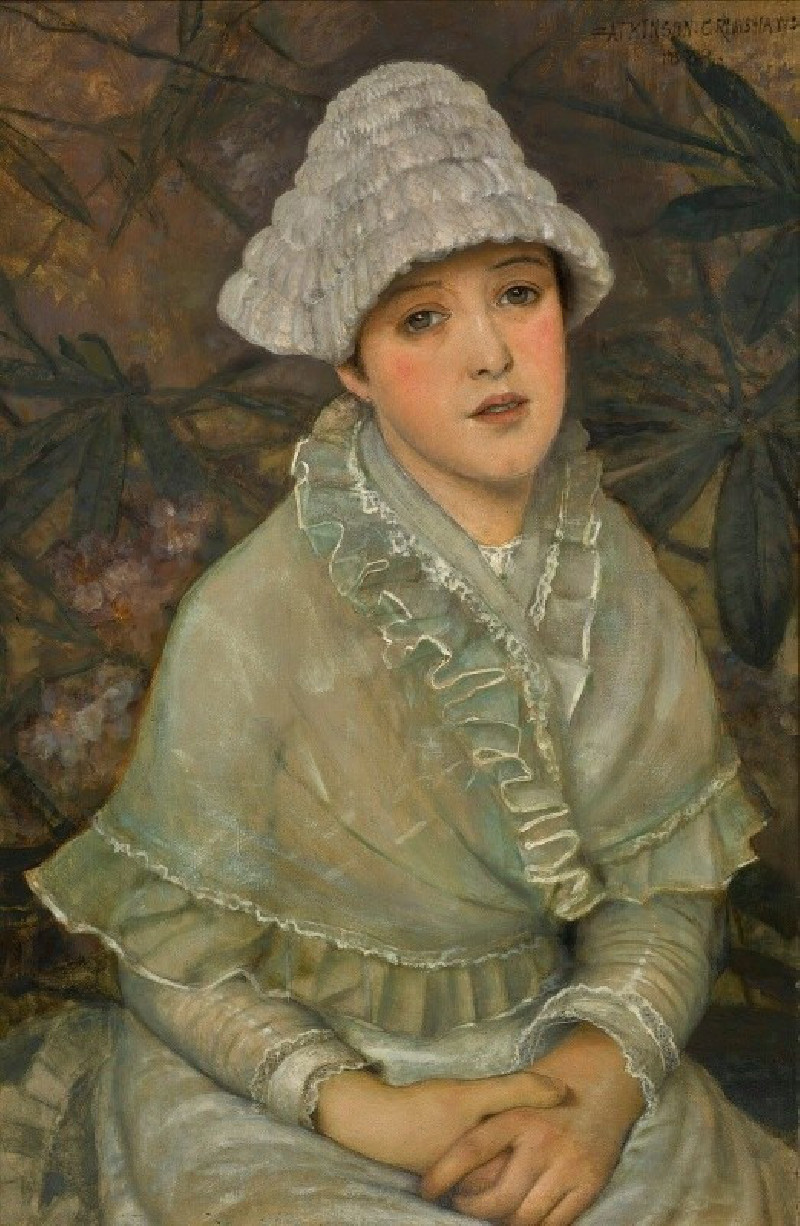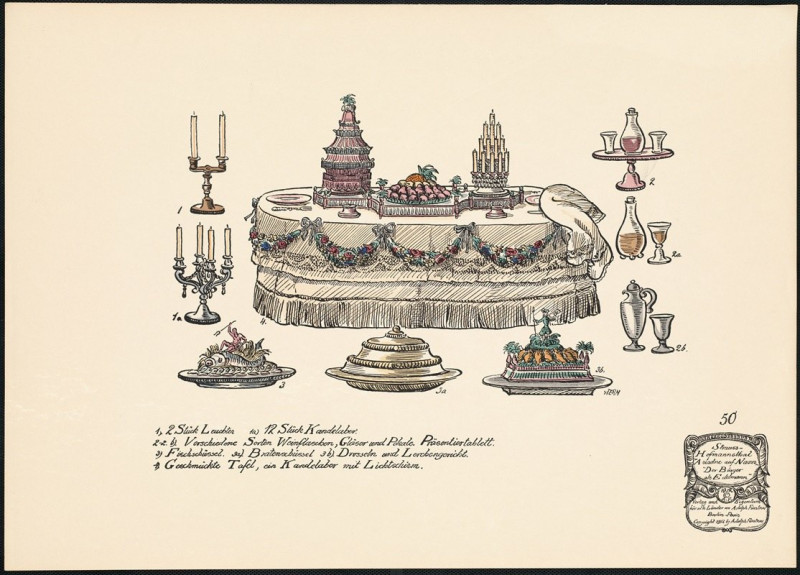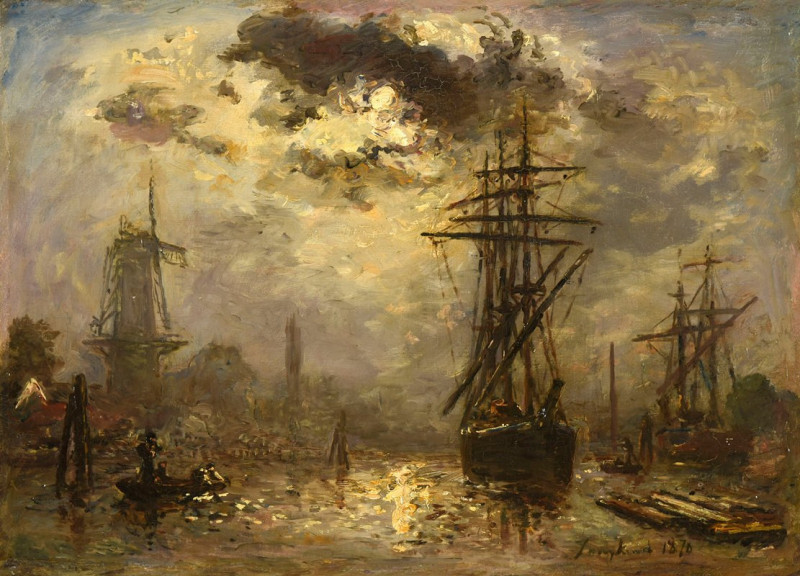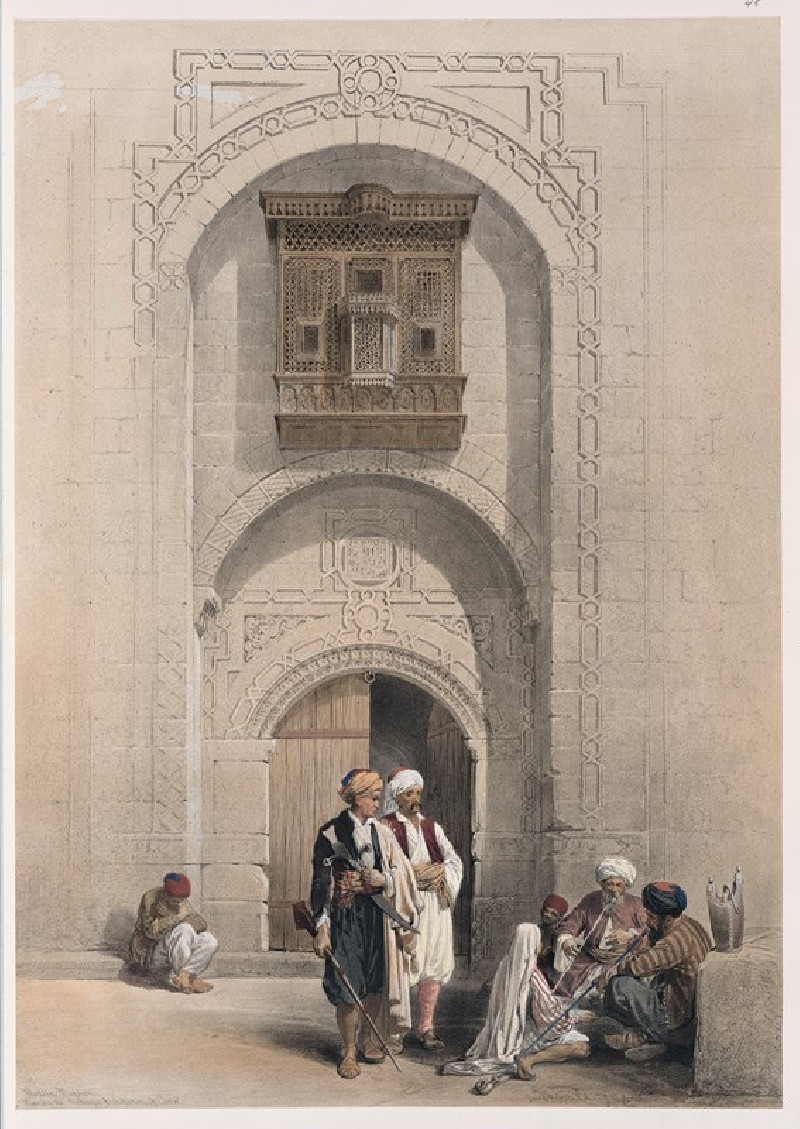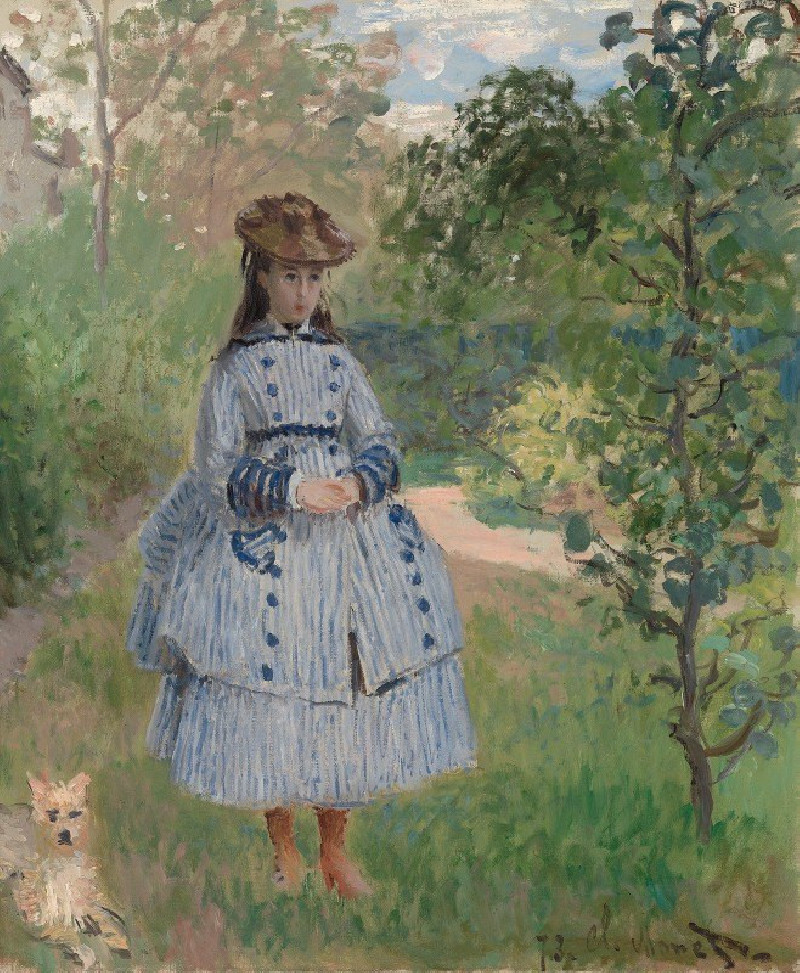The Weir at the Mill (1866)
Technique: Giclée quality print
Recommended by our customers
More about this artwork
Gustave Courbet, a pivotal figure in the French Realist movement, masterfully captures a serene landscape in his 1866 painting titled "The Weir at the Mill." This artwork reveals Courbet’s renowned ability to depict nature with raw and unembellished beauty.The painting presents a picturesque scene dominated by the dynamic flow of a river as it cascades over a small weir. The left side of the canvas features quaint mill buildings nestled among lush trees, suggesting a peaceful coexistence of human life with nature. On the right, a striking rock formation, covered with thick foliage, dramatically rises, framing the river that energetically moves through the composition.Courbet’s skillful use of textures is evident in the frothy white of the river water, contrasting beautifully with the dark, rugged textures of the rocks and the soft, varied greens of the trees. The painting exudes a tranquil yet powerful atmosphere, inviting viewers to both admire the beauty of the natural scene and contemplate the enduring strength of the natural world.
Delivery
Returns
Jean Désiré Gustave Courbet (10 June 1819 – 31 December 1877) was a French painter who led the Realism movement in 19th-century French painting. Committed to painting only what he could see, he rejected academic convention and the Romanticism of the previous generation of visual artists. His independence set an example that was important to later artists, such as the Impressionists and the Cubists. Courbet occupies an important place in 19th-century French painting as an innovator and as an artist willing to make bold social statements through his work.

